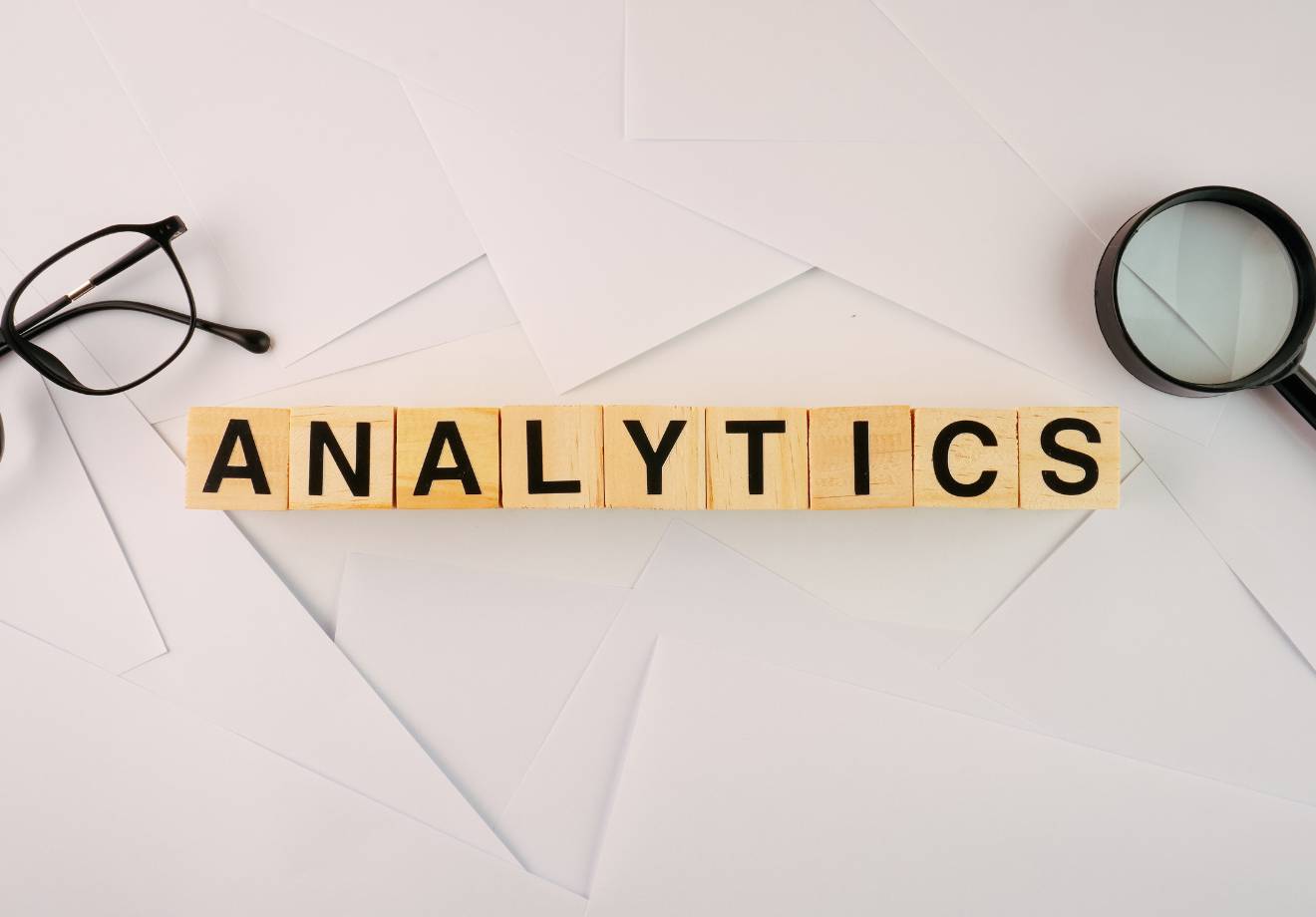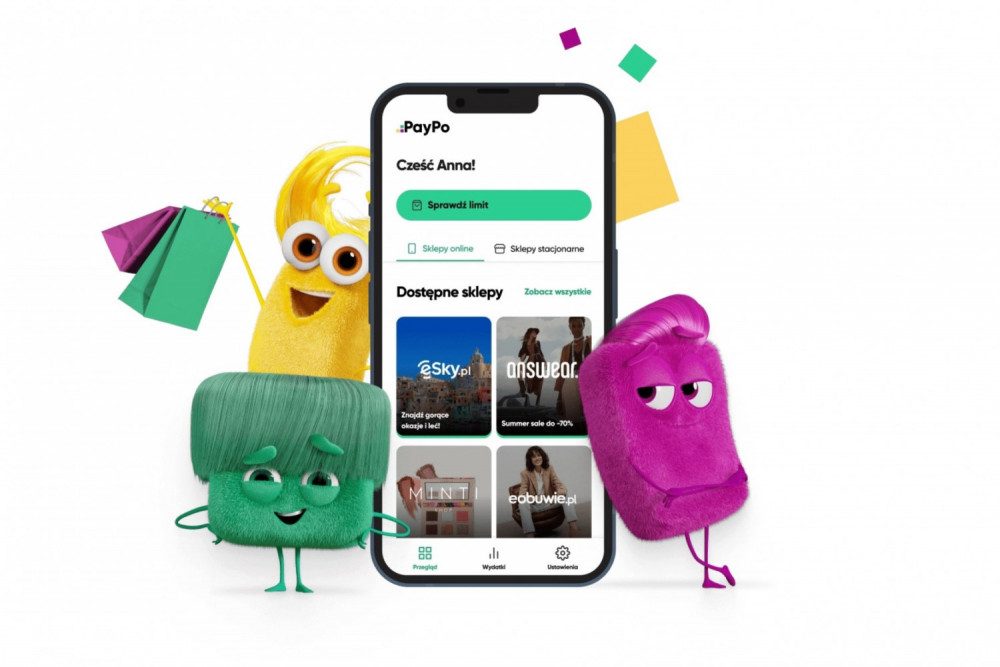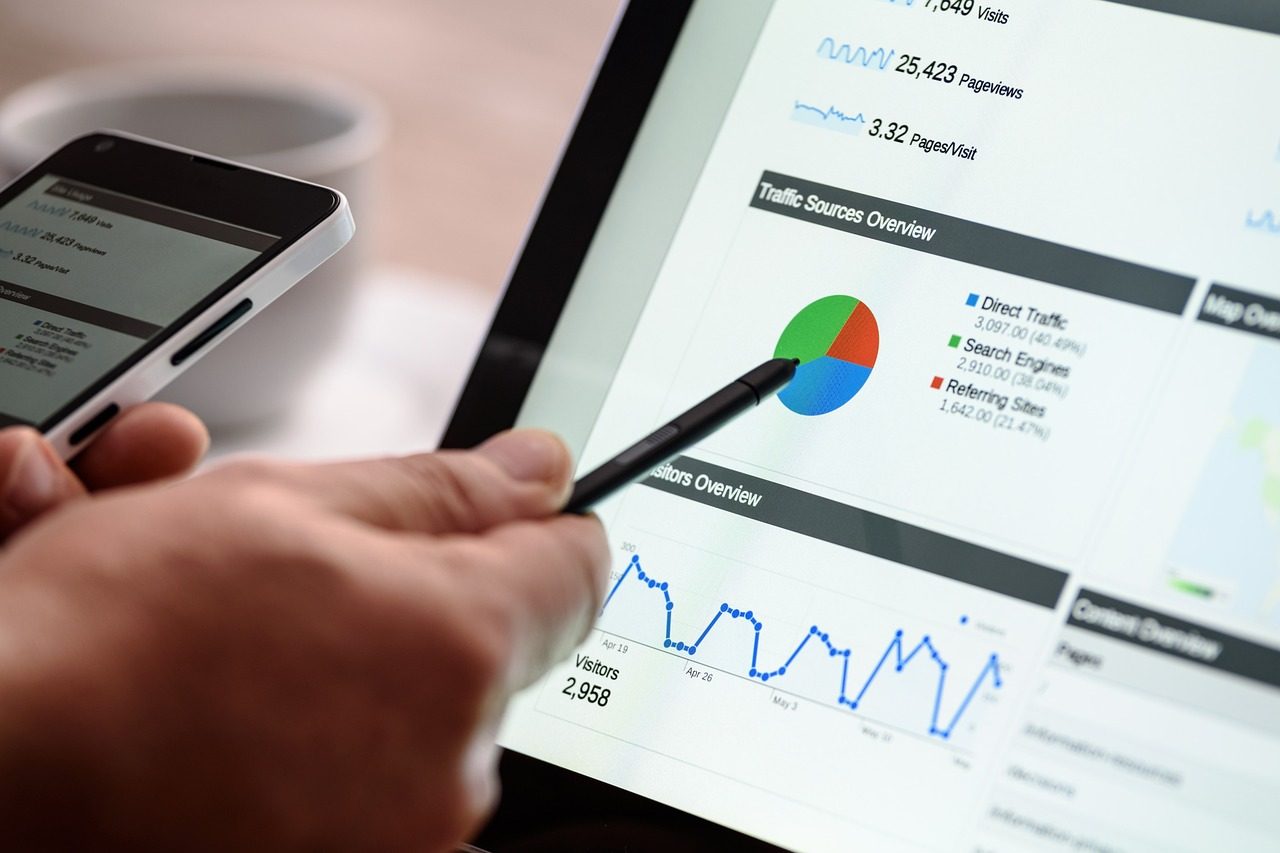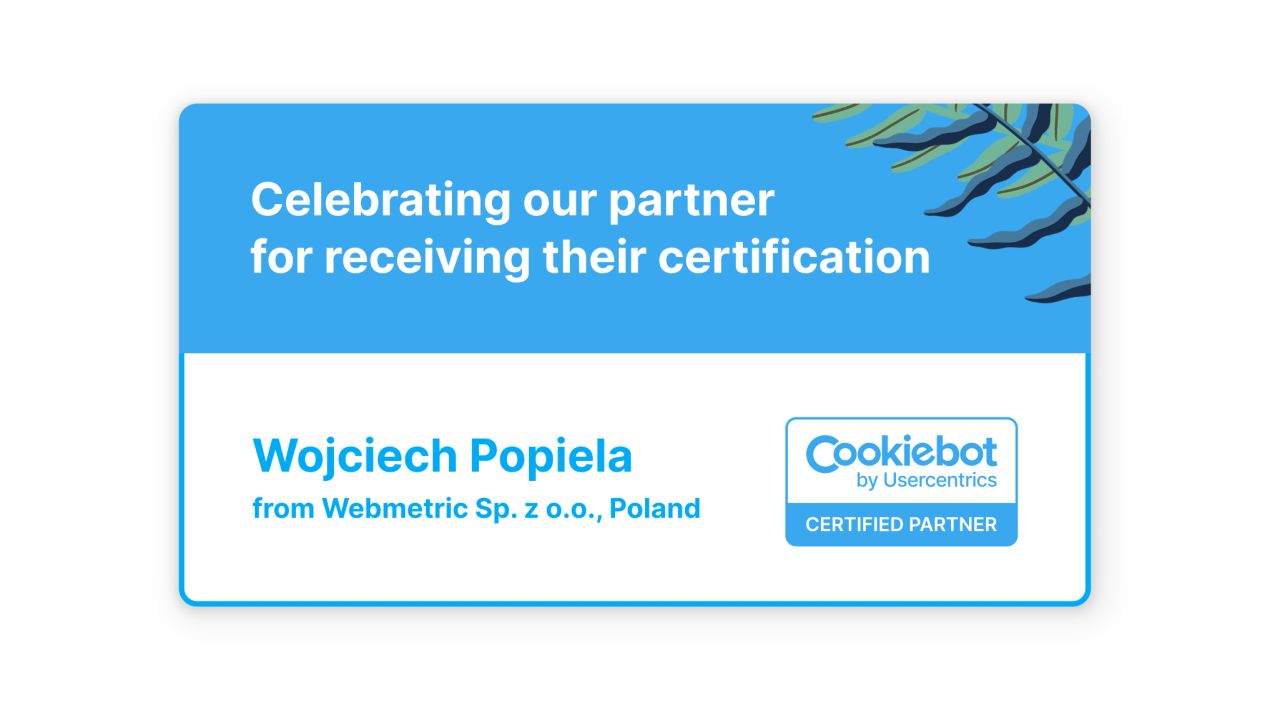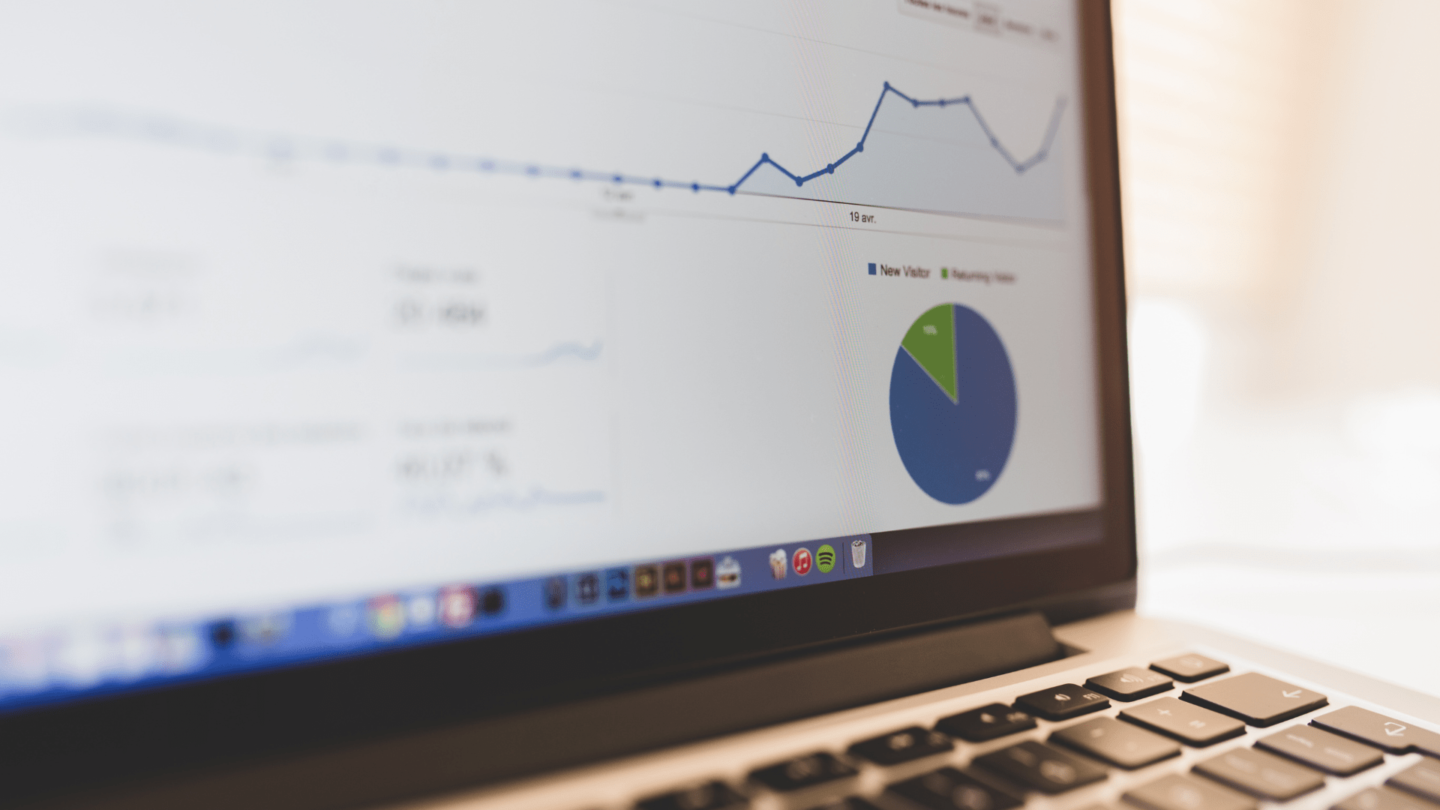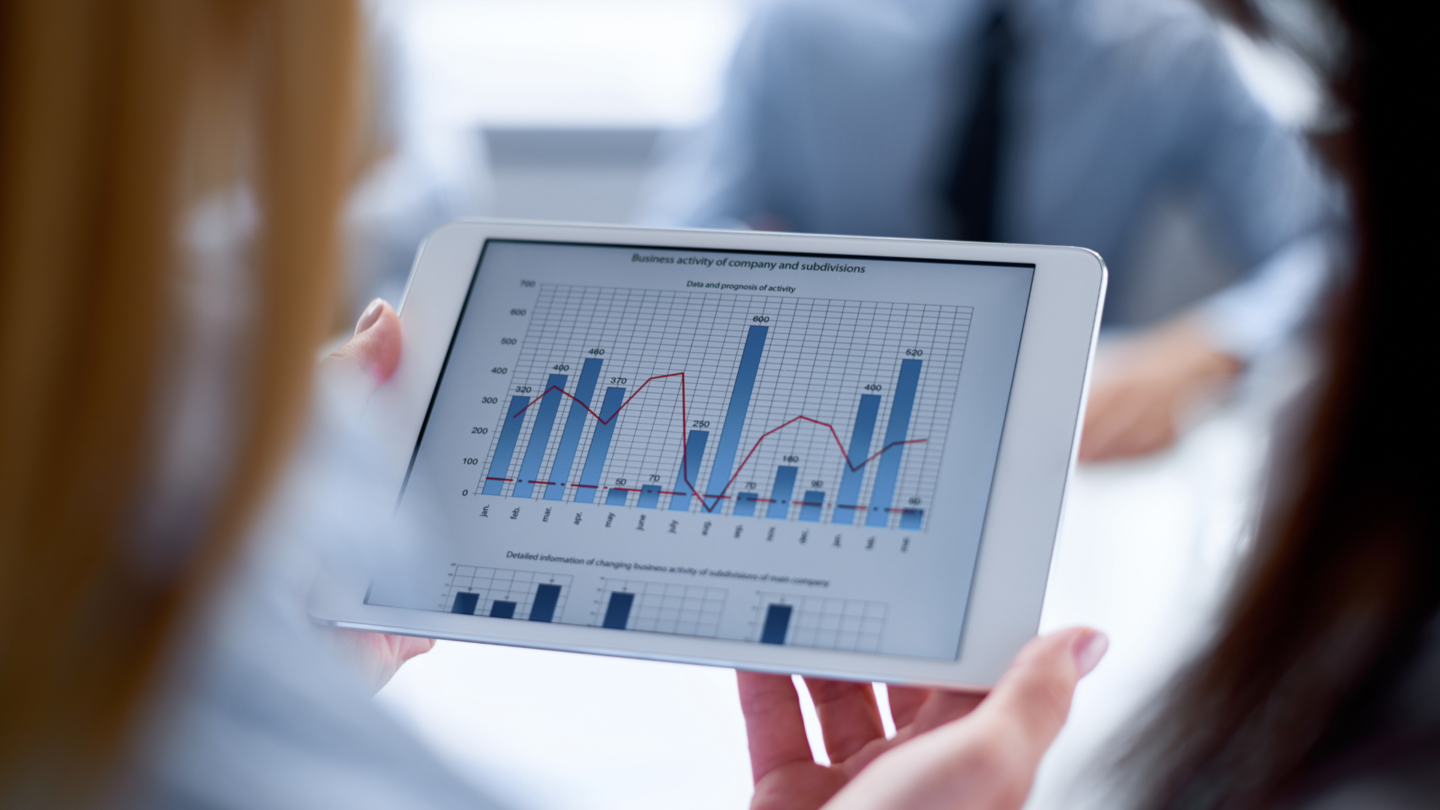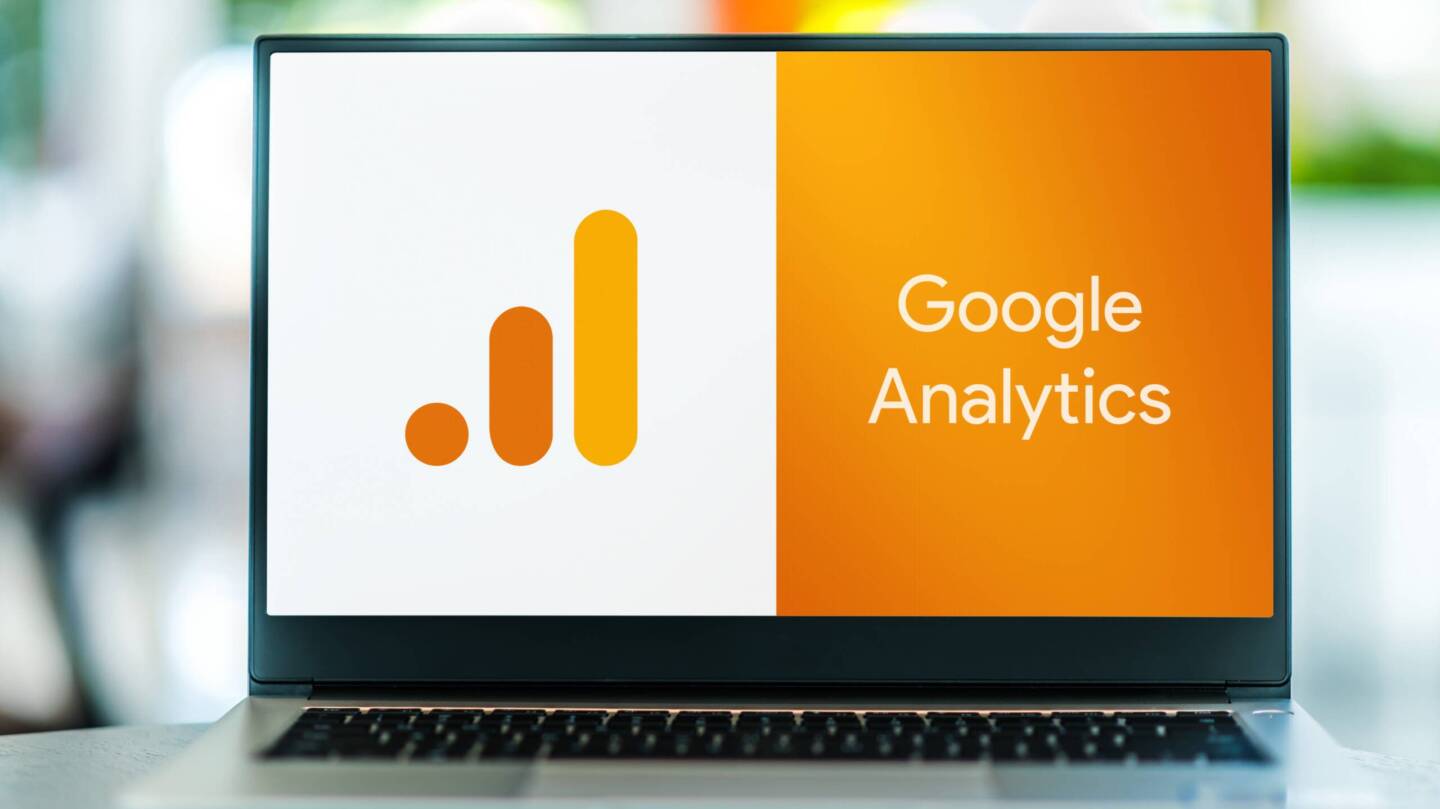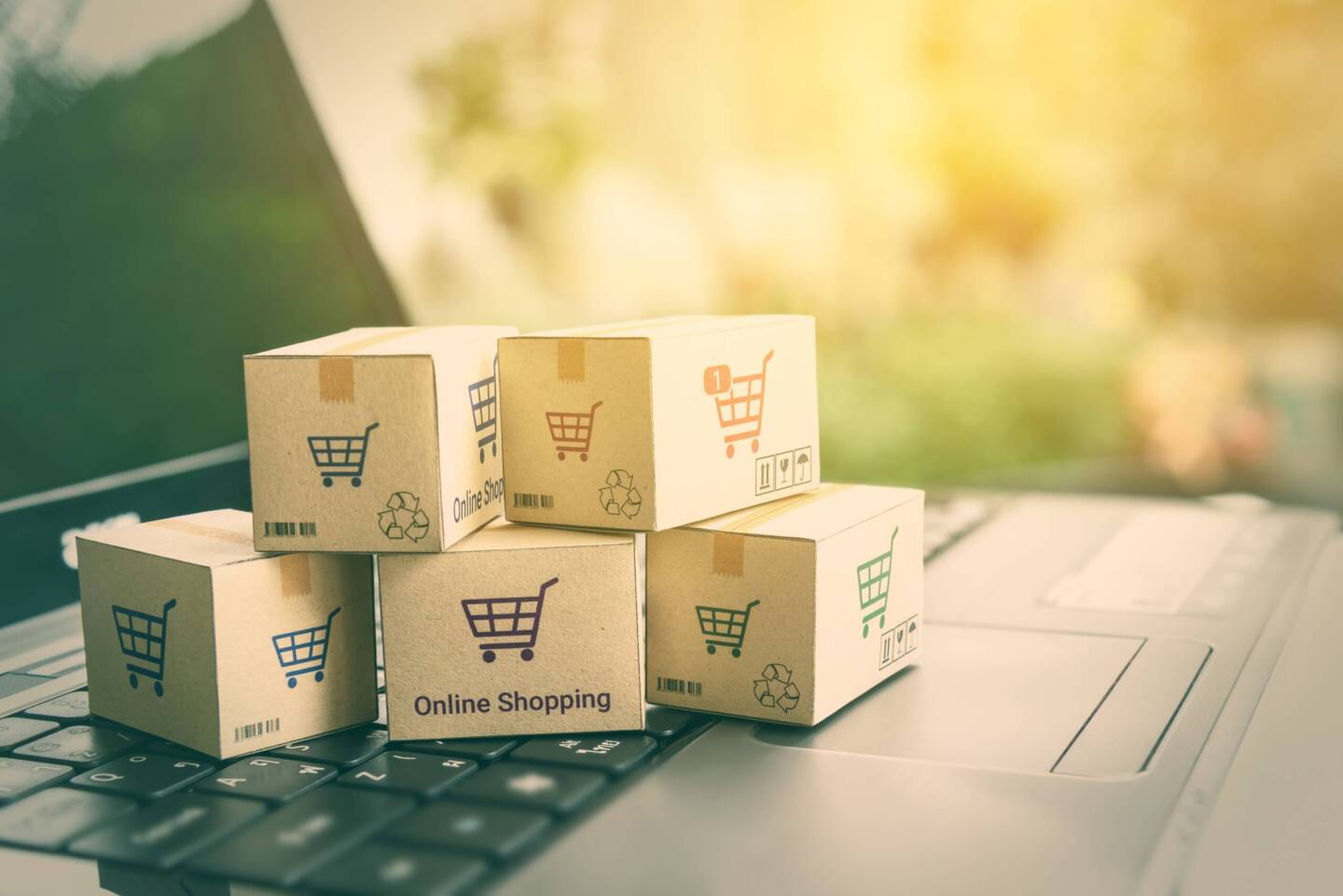
Nie chce ci się czytać? Spoko! Posłuchaj artykułu w formie nagrania tutaj.
Wiele się dziś dyskutuje o konwersji i jej optymalizacji. Nic dziwnego — to jeden z najważniejszych aspektów prowadzenia biznesu. Trzeba mieć konwersję, żeby zarabiać, a samo jej mierzenie i poprawianie może przynieść wzrost sprzedaży i sporo satysfakcji. Samo słowo oznacza zmianę — przekształcenie jednej rzeczy w drugą. W biznesie ta zmiana może odbywać się na wielu polach. Nierzadko spotykamy się wręcz z całymi systemami procesów i czynników, które się na nią składają, jest zatem nad czym pracować.
Jak działa konwersja?
Zobaczmy to na najprostszym przykładzie sklepu internetowego.
Na początku obserwujemy obecność użytkownika, który z jakiegoś powodu do nas trafił. Czasem będziemy to zawdzięczać dobrze umiejscowionej reklamie, skutecznemu pozycjonowaniu; innym razem poleceniu kolegi, koleżanki, czy żony. Ścieżka konwersji rozpoczęła się od użycia adresu naszego sklepu. Na początku nie znamy jeszcze intencji odwiedzającego, tak jak doradca klienta w normalnym sklepie nie wie, czego potrzebuje nowo przybyła osoba, rozglądająca się po jego dziale.
Obserwując aktywność oglądającego online, możemy się tylko próbować domyślić: Czego szuka? Jaki ma problem? Czy dotarcie do produktu docelowego będzie dla niego wystarczająco proste? W sklepie tradycyjnym sprzedawca, widząc zakłopotanie, już dawno stałby przy kliencie i próbował to wybadać (ja w takich momentach odpadam, „nie nie, dam radę”). W przestrzeni cyfrowej taki kontakt zwykle nie funkcjonuje.
W tej początkowej fazie wizyty w naszym sklepie status danej osoby może brzmieć „Oglądacz”. Oczywiście chcielibyśmy, aby w końcowej fazie awansował na „Kupującego”. Ta przemiana, czyli konwersja, odbywa się za pomocą konkretnej decyzji — najlepiej dodania produktu do koszyka, a potem użycia akcji „zapłać”. Jest to najprostsza i najbardziej bezpośrednia konwersja, działająca w warunkach idealnych, czyli kiedy odwiedzający dokładnie wie, czego szuka, znajduje to, akceptuje warunki i płaci. Mało kiedy sytuacja będzie jednak tak prosta dlatego, na te pozostałe okoliczności warto przygotować alternatywne akcje, które utrzymają odwiedzającego w naszym zasięgu. One także będą się liczyć do konwersji, choć rozpoczną dłuższą drogę do ewentualnych zakupów.
Tak więc alternatywnie dla bezpośrednich zakupów, oglądający może zapisać się na newsletter, co pozwoli nam na budowanie długofalowego kontaktu. Podobnie za konwersję możemy uznawać pobranie naszej aplikacji, podanie swoich danych, czy otwarcie maila reklamowego. Można tę przemianę rozumieć w różnoraki sposób. Liczy się, aby finalnie prowadziła do statusu „Klient” czy też „Kupujący”.
Jak się zabrać za konwersję?
Na początku warto pamiętać, jak szerokie jest to pojęcie i że definicja konwersji tak naprawdę zależy od Ciebie. Warto ją sobie zwerbalizować i zapisać, bo będzie potrzebna do jakichkolwiek rozmów z partnerami biznesowymi, którzy mają pomóc ją zwiększać.
W każdej poważnej agencji reklamowej na „dzień dobry” spotkasz się z pytaniem w rodzaju „jak rozumiesz konwersję, co nią dla Ciebie jest?”. Co firma, to priorytety, więc to pytanie po prostu musi paść. Rozmowa o konwersji, tak na spotkaniu wewnętrznym, jak w negocjacjach z firmami zajmującymi się optymalizacją, zawiera analizę, co dla Twojej marki w obecnej sytuacji jest najważniejsze. Przykładowe odpowiedzi, to zwiększenie sprzedaży, wzrost liczby subskrybentów (np. jeśli chodzi o kanał na YouTube), powiększenie bazy mailingowej, wzrost liczby otwieranych maili, czy też rozwój bazy użytkowników aplikacji, którzy założyli w niej swoje konta. Te odpowiedzi to nie koniecznie wykluczające się alternatywy.
Może się okazać, że da się z nich zbudować proces konwersji, a nawet wiele procesów prowadzących do sprzedaży różnymi drogami. Nic nie stoi na przeszkodzie, aby ktoś, na przykład, skonwertował swoją wizytę w sklepie, zapisując się na wspomniany newsletter. Wtedy Ty wyślesz mu propozycje najlepiej pod niego skrojonych ofert. On przekonwertuje po raz drugi (np.: z „Niezainteresowanego” w „Zainteresowanego”), otwierając te maile i dostanie szansę na kolejną konwersję. Na przykład z maila, czy też linku w newsletterze, przejdzie do sklepu już po coś konkretnego i dokona zakupu. Ścieżka konwersji jest wtedy dłuższa, bo zamiast 2 etapów (Oglądający -> Klient) mamy ich 4 (Oglądający -> Niezainteresowany -> Zainteresowany -> Klient), ale finalny rezultat jest ten sam — sprzedaż.
Innym rodzajem wieloetapowej konwersji jest przykład firm B2B, które „żyją” z otrzymywania zapytań na stronie internetowej. Tam pierwszym etapem konwersji „Obserwatora” jest użycie przez niego formularza, który zmieni go w „Wysyłającego zapytanie”. Następnie skontaktuje się z nim handlowiec, który w najlepszym wypadku zmieni go w „Podpisującego Umowę”. I taką drogą proces konwersji zostanie zamknięty. Warto przy tym pamiętać, że konwersja, nawet jeśli jest wystarczająca, wymaga stałej optymalizacji. Optymalizacja warunkuje przetrwanie na rynku i ustawia na lepszej pozycji względem konkurencji, która im bardziej pozostaje w tyle, tym większe wysiłki pewnie wkłada, aby z tego wybrnąć.
Jak optymalizować już posiadaną konwersję?
Można się za to zabrać na różne sposoby, ale trzeba je odpowiednio dobrać, unikając chodzenia na skróty. Jedną z pierwszych myśli będzie pewnie zwiększenie liczby wizyt na stronie. Co prawda, jeśli nasz licznik wystrzeli z 1 000 osób, do powiedzmy 10 000 w analogicznym okresie, to statystycznie szanse na sprzedaż zostaną zwiększone. Natomiast kryje się za tym także przykra prawda. Ten ruch będzie gromadził losowych „Oglądających”, którzy mogą nie skonwertować nigdy, albo nie tak licznie, jak by mogli, będzie coraz więcej.
Tu z pomocą przychodzi UX. Porównując ruch do cytryny, optymalizacja z perspektywy UX to wyciskanie doszczętne, a więc z owocu naszych działań przyciągających uwagę internautów należy wycisnąć jak najwięcej potencjału zakupowego. Jeśli mamy
1 000 odwiedzających i 150 transakcji na tę grupę przypadających, to lepiej pomyśleć o zwiększeniu liczby transakcji — czyli konwersji — niż przyciąganiu większej liczby oglądających.
Dlaczego?
Kiedy chcemy uzyskać litr czystego soku, mamy dwie opcje, mocniej wyciskać te owoce, które już mamy, albo dokupić więcej owoców i wyciskać z dotychczasową siłą. O ile dla jednego litra każda z tych opcji ma pewien sens, to jeśli zapragniemy 100 litrów, druga decyzja przestanie się opłacać, bo cytryny kosztują a mocniejsze ściskanie nie.
Wynika z tego konkretny morał: prędzej czy później trzeba optymalizować konwersję tego, co już mamy dostępne i znaleźć sposób, aby maksymalnie wykorzystywać potencjał zakupowy odwiedzających.
Pamiętaj jednak, że optymalizacja i zwiększanie ruchu nie wykluczają się nawzajem, więc najlepszym podejściem będzie oczywiście połączenie tych dwóch strategii, poprzez podnoszenie jakości obsługi odwiedzających — niezależnie od powodu ich odwiedzin.
Podsumowując dzisiejszą lekcję, warto zapamiętać, że konwersja, to zmiana „użytkownika jedynie obecnego” w „użytkownika podążającego ścieżką dla niego wytyczoną”. Czy to będzie prosty proces sprzedażowy, czy przygoda wieloetapowa, rozpoczynająca się od zapisania na newsletter, podania adresu e-maila w zamian z lead magnet, czy wejścia w inną, pozytywną interakcję, która utrzyma potencjalnego klienta w Twoim otoczeniu i da mu szanse na dalsze etapy konwersji — to sprawa drugorzędną. Ważne, aby zakończyła się tak, jak tego oczekujesz.
Na koniec zostawię Cię z pytaniem obecnym w całej przestrzeni tego tekstu: czym konwersja jest dla Ciebie i Twojej firmy?
Dziękuję za uwagę, zapraszam do kolejnych lekcji!
Udostępnij



